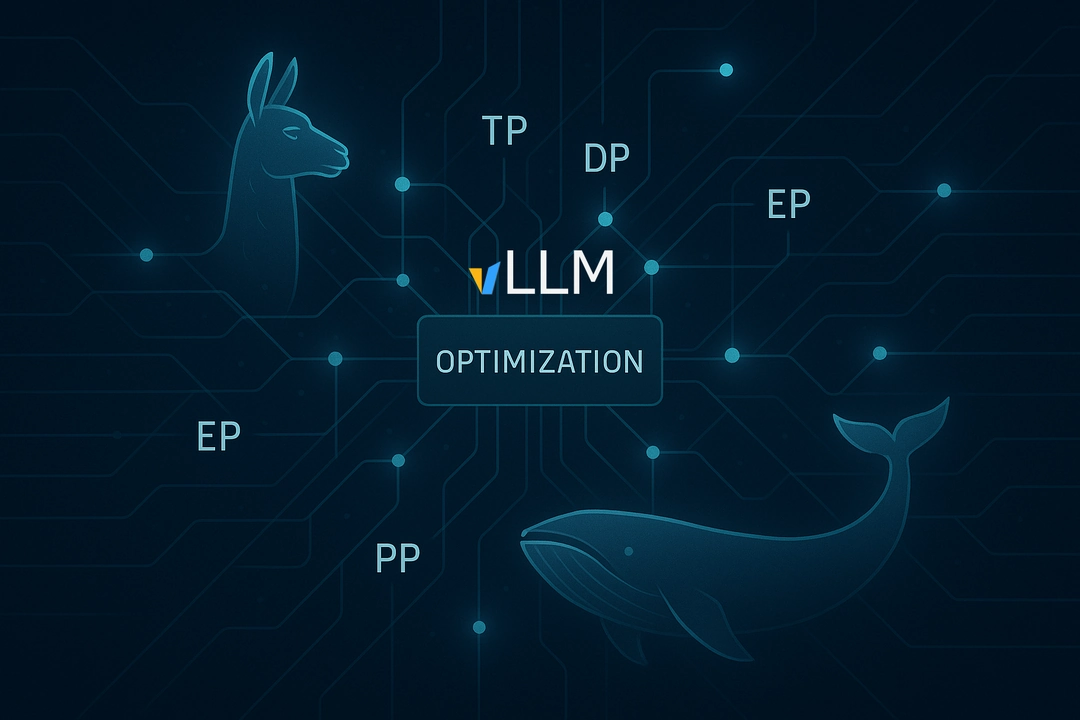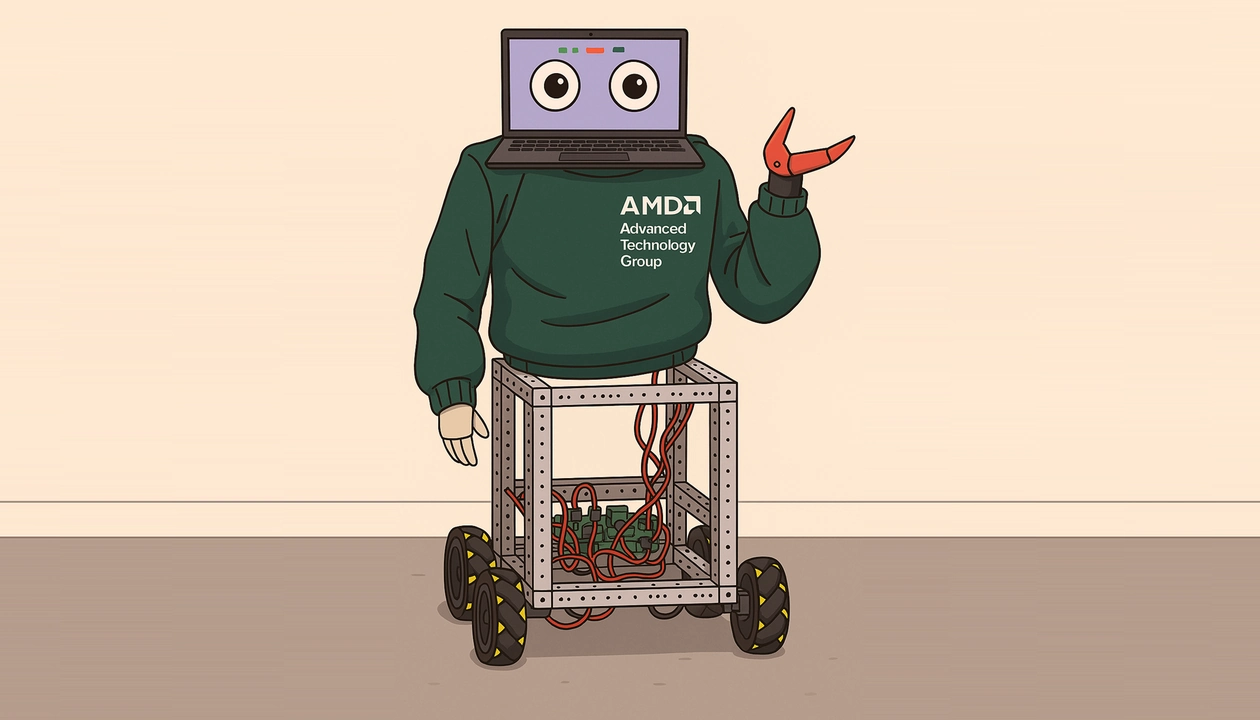Developers Blogs#

The vLLM MoE Playbook: A Practical Guide to TP, DP, PP and Expert Parallelism
Learn how to combine TP, DP, PP, and EP for MoE models. Discover proven strategies to maximize performance on your vLLM deployments.

Day 0 Developer Guide: hipBLASLt Offline GEMM Tuning Script
Learn how to improve model performance with hipBLASLt offline tuning in our easy-to-use Day 0 tool for developers to optimize GEMM efficiency

Continuing the Momentum: Refining ROCm For The Next Wave Of AI and HPC
ROCm 7.1 builds on 7.0’s AI and HPC advances with faster performance, stronger reliability, and streamlined tools for developers and system builders.

Stability at Scale: AMD’s Full‑Stack Platform for Large‑Model Training
Primus streamlines LLM training on AMD GPUs with unified configs, multi-backend support, preflight validation, and structured logging.

Nitro-E: A 304M Diffusion Transformer Model for High Quality Image Generation
Nitro-E is an extremely lightweight diffusion transformer model for high-quality image generation with only 304M paramters.

STX-B0T: Real-time AI Robot Assistant Powered by RyzenAI and ROCm
STX-B0T explores the potential of RyzenAI PCs to power robotics applications on NPU+GPU. This blog demonstrates how our hardware and software interoperate to unlock real-time perception.

Empowering Developers to Build a Robust PyTorch Ecosystem on AMD ROCm™ with Better Insights and Monitoring
Production ROCm support for N-1 to N+1 PyTorch releases is in progress. The AI Software Head-Up Dashboard shows status of PyTorch on ROCm.

ROCm 7.9 Technology Preview: ROCm Core SDK and TheRock Build System
Introduce ROCm Core SDK, and learn to install and build ROCm components easily using TheRock.

GEMM Tuning within hipBLASLt– Part 2
Learn how to use hipblaslt-bench for offline GEMM tuning in hipBLASLt—benchmark, save, and apply custom-tuned kernels at runtime.

Medical Imaging on MI300X: Optimized SwinUNETR for Tumor Detection
Learn how to setup, run and optimize SwinUNETR on AMD MI300X GPUs for fast medical imaging 3D segmentation of tumors using fast, large ROIs.

Optimizing Drug Discovery Tools on AMD MI300X Part 2: 3D Molecular Generation with SemlaFlow
Learn how to set up, run, and optimize SemlaFlow, a molecular generation tool, on AMD MI300X GPUs for faster drug discovery workflows

Elevating 3D Scene Rendering with GSplat
ROCm Port of GSplat - GPU accelerated rasterization of Gaussian splatting